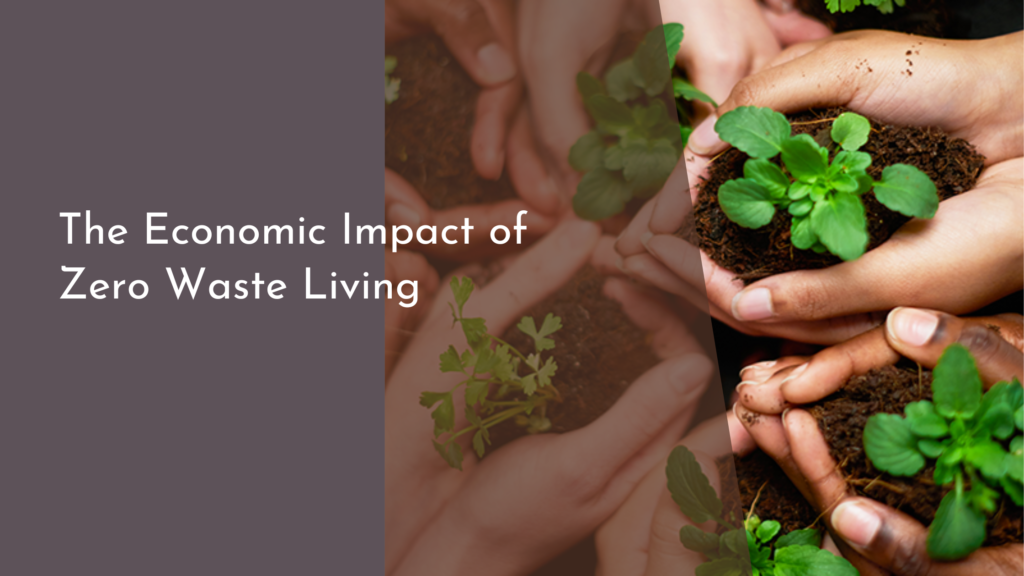Geoengineering for Sustainable Urban Development
As urban populations continue to swell, cities face an urgent need to adapt and innovate to ensure sustainable development. Geoengineering, a field that encompasses a range of technological and scientific interventions, has emerged as a transformative solution to address urban challenges such as climate change, pollution, and resource depletion. By leveraging geoengineering techniques, cities can pave the way toward greener, healthier, and more resilient urban environments. This article explores the potential of geoengineering for sustainable urban development, highlighting innovative techniques, benefits for urban resilience, and the promising future that lies ahead.
Unlocking the Potential of Geoengineering in Cities
Geoengineering holds immense potential to reshape urban landscapes and improve the quality of life for millions of city dwellers. Through methods such as urban heat island mitigation, carbon sequestration, and enhanced water management, cities can actively combat the adverse effects of climate change. For example, integrating reflective materials in building designs or green roofs can significantly lower surface temperatures, contributing to cooler urban environments. As cities embrace these technologies, they can create habitats that not only support human health but also protect biodiversity.
Moreover, geoengineering can facilitate smarter resource management in urban settings. Innovations like rainwater harvesting systems and urban aquifer recharge can transform how cities utilize precious water resources. By utilizing geoengineering techniques, cities can enhance their infrastructure to cope with severe weather events and flooding, ensuring that resources are used sustainably and equitably. Ultimately, these practices unlock new pathways for urban development that prioritize environmental stewardship and resilience.
Innovative Techniques for Sustainable Urban Landscapes
One of the most exciting aspects of geoengineering is the array of innovative techniques available to urban planners and developers. For instance, vertical forests—lush, multi-story buildings adorned with trees and greenery—are revolutionizing urban architecture. These living structures not only enhance air quality but also provide habitats for urban wildlife, creating a harmonious blend of nature and urban life. As cities adopt such creative designs, they can combat air pollution and improve residents’ mental well-being through increased access to green spaces.
Another promising technique is the use of advanced materials that can absorb carbon dioxide and other pollutants. By integrating these materials into urban infrastructure, cities can actively reduce their carbon footprint while simultaneously improving the aesthetics of their surroundings. Additionally, urban planners are increasingly utilizing smart technology and data analytics to optimize energy use in buildings and transportation systems, making cities more efficient and sustainable. These innovations exemplify how geoengineering can redefine urban landscapes, creating vibrant communities that prioritize environmental health.
Benefits of Geoengineering for Urban Resilience
The benefits of geoengineering extend far beyond immediate environmental impacts; they also enhance urban resilience to climate-related challenges. By implementing geoengineering strategies, cities can reduce their vulnerability to extreme weather events, such as floods, heatwaves, and storms. For example, the construction of permeable surfaces and green infrastructure allows rainwater to infiltrate the ground, reducing surface runoff and mitigating flooding risks. This proactive approach not only protects urban infrastructure but also safeguards lives and livelihoods.
Moreover, geoengineering can bolster food security in urban centers through the creation of urban farms and gardens. These green spaces not only provide fresh produce but also act as carbon sinks, helping to absorb greenhouse gases. By investing in local food systems, cities can reduce their reliance on external food supplies, fostering resilience in the face of global supply chain disruptions. The interconnected benefits of geoengineering contribute to a more robust urban fabric, ensuring cities can withstand and thrive amidst the challenges of the future.
A Bright Future: Geoengineering and Urban Sustainability
As we look to the future, the integration of geoengineering into urban planning offers exciting possibilities for sustainable development. Governments, institutions, and communities are beginning to recognize the importance of adopting innovative solutions that prioritize environmental health and social equity. With supportive policies and funding, cities can invest in geoengineering projects that address local needs while contributing to global sustainability goals. By embracing a collaborative approach, stakeholders can work together to create a shared vision for resilient urban futures.
Furthermore, public awareness and engagement are crucial in driving the acceptance and implementation of geoengineering initiatives. As individuals become more informed about the benefits of these technologies, they can advocate for sustainable practices in their communities. This grassroots movement can inspire cities to commit to ambitious sustainability targets, ensuring that future urban environments are not only livable but thriving. The bright future of geoengineering in urban settings is a testament to human ingenuity and our collective responsibility to protect the planet for generations to come.
In conclusion, geoengineering presents an exciting opportunity for sustainable urban development, offering innovative techniques and myriad benefits that enhance urban resilience. As cities confront the pressing challenges of climate change, pollution, and resource scarcity, adopting geoengineering practices can lead to more sustainable, equitable, and vibrant urban landscapes. By investing in these technologies and fostering community engagement, we can create a future where cities thrive in harmony with nature. Embracing geoengineering is a step toward a healthier planet and a brighter tomorrow for urban inhabitants worldwide.

